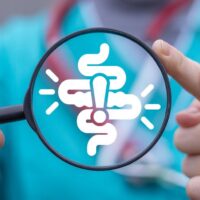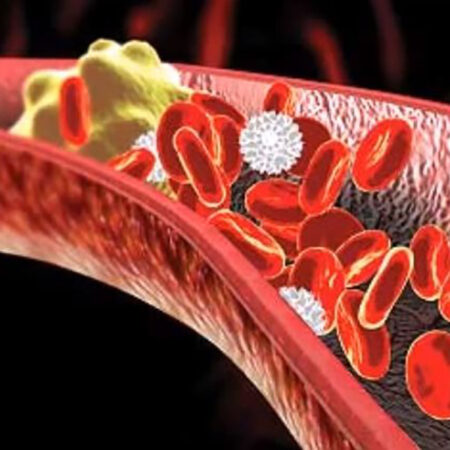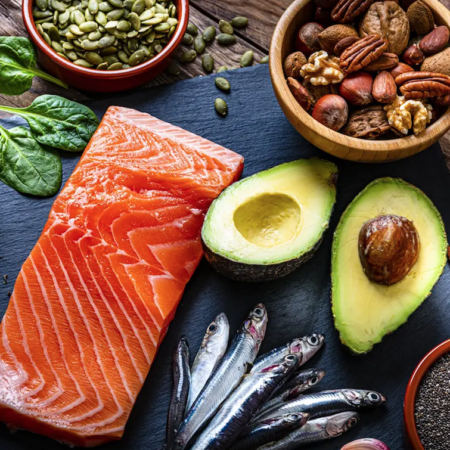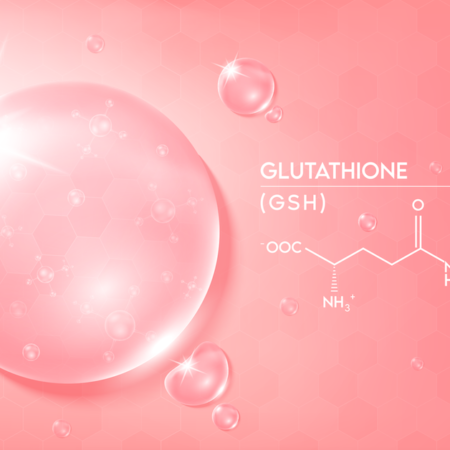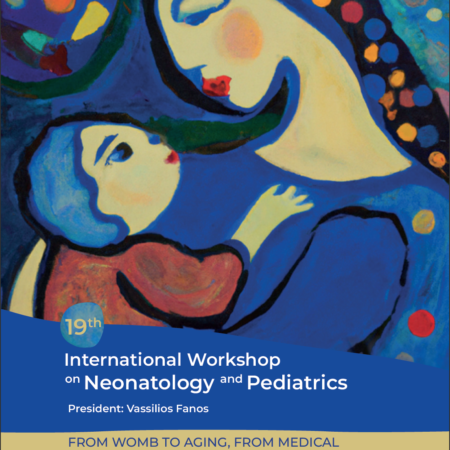Stress: from physiological mechanism to dangerous imbalance, from eustress to distress
Let’s talk about stress and in order not to leave anything out, let’s start with the definitions. Stress is a physiological mechanism of environmental adaptation that affects all human beings and unites us to other mammals. When we pick up a danger signal, of any type and from any source, our nervous system activates a state of alert that involves the whole body: the heartbeat increases, the pupils dilate, the blood flows copiously to all the muscles so that are ready to “sprint” (for example, in case we have to run away), the state of mental alertness reaches its peak, we sweat more, all the senses are heightened.
We are waiting to “flight or fight”. Because this is what our ancestors had to be able to do in a particularly inhospitable world, full of pitfalls and deadly dangers. Once the problem has been solved, the risks have been avoided and the moment of tension has passed, the alarm state gradually resolves itself into a condition of post-tension calm.
If we think about it, stress and anxiety are closely linked, because they are two conditions associated with the need to prepare ourselves to face a crisis. Performance anxiety, for example, is what allows us to take a difficult exam with the right condition of “alert” which otherwise would not make us give our best. Stress as a physiological mechanism functional to adaptation and our safety is defined as EUTRESS.
Chronic anxiety and stress
However, anxiety and stress are not always useful and “healthy”. They are not always necessary and they are not always occasional. When both become chronic, in conditions where we have no need to “flight or fight”, then our general health can be severely affected. We may, for example, no longer be able to feel “safe”, and this depressive tendency may depend on an inability of the body to trigger the mechanism of pleasure and reward that we have seen, and which depends on the endogenous production of dopamine .
The stress cycle involves several neurotransmitters, the main ones being adrenaline, norepinephrine and cortisol. They are responsible for the anxiety/alarm – with related symptoms including tachycardia, cold sweats, tremors, sense of tightness in the chest – which gives us a situation we are afraid of, completely new and therefore potentially dangerous. A state that we need to understand that we must act promptly to save ourselves or find quick solutions, or to face the challenge we face. Once we start to act, in fact, we find lucidity again, and once the problem has been overcome, the reward system is triggered in us which makes us feel euphoric (as happens when we have brilliantly passed an exam that terrified us).
But the cycle of stress can also prolong itself, tension build up without ever finding a break, anxiety devour us for no reason, and the reward mechanism never kicks in. When we find ourselves in these conditions and stress takes on only a negative value we talk about DISTRESS.
This happens because chronic stress – today a common and widespread condition even among younger people – inhibits the production of dopamine in the brain and therefore its euphoric and stimulating effect.
The catecholamines, dopamine, adrenaline and noradrenaline, are closely related, and an imbalance in the production of one also leads to an imbalance in the release of the others. Norepinephrine (or epinephrine), for example, largely depends on the production of dopamine, but its role is key in the physiological response to stress and trauma that can generate states of strong tension, fear and alarm. Furthermore, it is hypothesized that this neurotransmitter, which like the other catecholamines is also a hormone, is responsible for sensitization to traumatic events, a condition that manifests itself in an excessive response to stimuli that “resemble” the original traumas.
The production and release pathways of stress neurotransmitters (both positive and negative) are different and can give different responses even if other factors interfere with their “signaling” activity. An imbalance in production can depend on many conditions and cause different ailments.
Dopamine is the neurotransmitter of positive reinforcement, of butterflies in the stomach, of emotions connected to everything that gives us physical and psychological pleasure, that electrifies us. Dopamine contributes in an important way to the achievement of our goals by stimulating our nervous system and does not act alone. The other neurotransmitters involved in the positive stress cycle and reward circuit are adrenaline, other catecholamines and serotonin.
How does dopamine work in the brain?
Like all neurotransmitters, it works a bit like a key with a lock. In neurons, in fact, there is a protein called receptor to which dopamine binds, allowing the information to be communicated, and then to spread in the brain and nervous system through various transmission paths. At that point, the effects associated with dopamine signals are triggered at both a neuromotor and psychological level. Attention: the receptors of neuronal synapses are not all the same. This means that depending on the receptor to which dopamine binds, the responses to the signal will be different, and, consequently, the areas of intervention at a psychophysical level will be different.
So far we have understood dopamine production only in a positive sense. But that’s not always the case. There are several studies that associate excessive dopamine production with mental illnesses including schizophrenia and ADHD syndrome (Attention Deficit Hyperactivity Disorder), and with insufficient levels more common conditions such as chronic stress, anxiety, insomnia, depression. Low concentrations of dopamine are also found in people who suffer from neurodegenerative pathologies affecting the locomotor system, including Parkinson’s disease.
Finally, since it is the neurotransmitter that works on the reward circuit, dopamine – when unbalanced – is also at the origin of the addiction tendency. This happens because the pleasant stimulus that we get from some activities or from taking some substances (including drugs) drives us to compulsively seek it. Dopamine deficiency, which is linked to the stress cycle and is also the most widespread condition associated with an imbalance in the production of this important neurotransmitter.
What we advise you to do
Through the metabolomic profile of organic acids, from a urine sample, we can provide the specialist with important information about your health and stress levels. Thanks to this specialized examination, the concentrations of neurotransmitter metabolites can be detected, i.e. the final product of their metabolic process, and in particular HVA (dopamine metabolite), and VMA (epinephrine-norepinephrine metabolite). Contact us for more information.
SOURCES:
- https://lms.mrc.ac.uk/chronic-stress-dampens-dopamine-production/
- https://www.simplypsychology.org/the-role-of-dopamine-as-a-neurotransmitter-in-the-human-brain.html
- https://www.sciencedirect.com/science/article/abs/pii/S0031938407000753
- https://www.nature.com/articles/s12276-020-00532-4
- https://www.istitutobeck.com/neurotrasmettitori-trauma?sm-p=157773251
- https://lms.mrc.ac.uk/chronic-stress-dampens-dopamine-production/
- https://elifesciences.org/articles/46797.pdf



